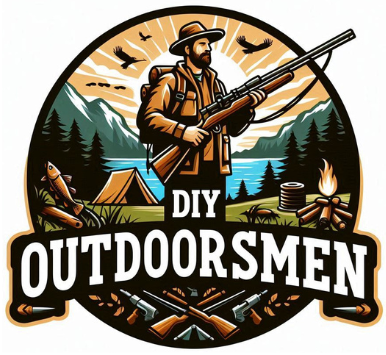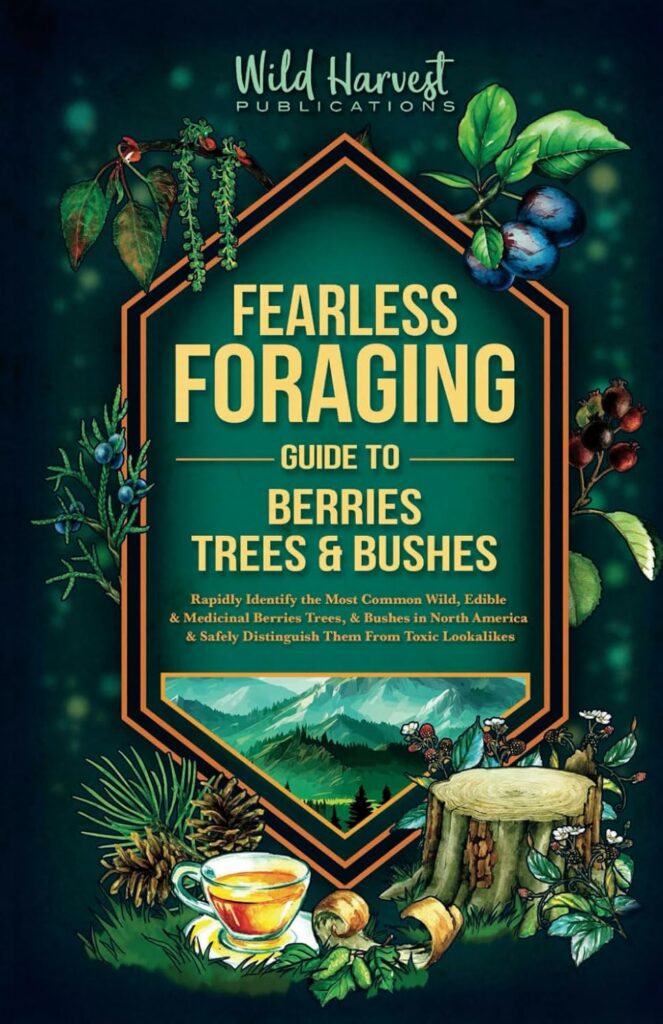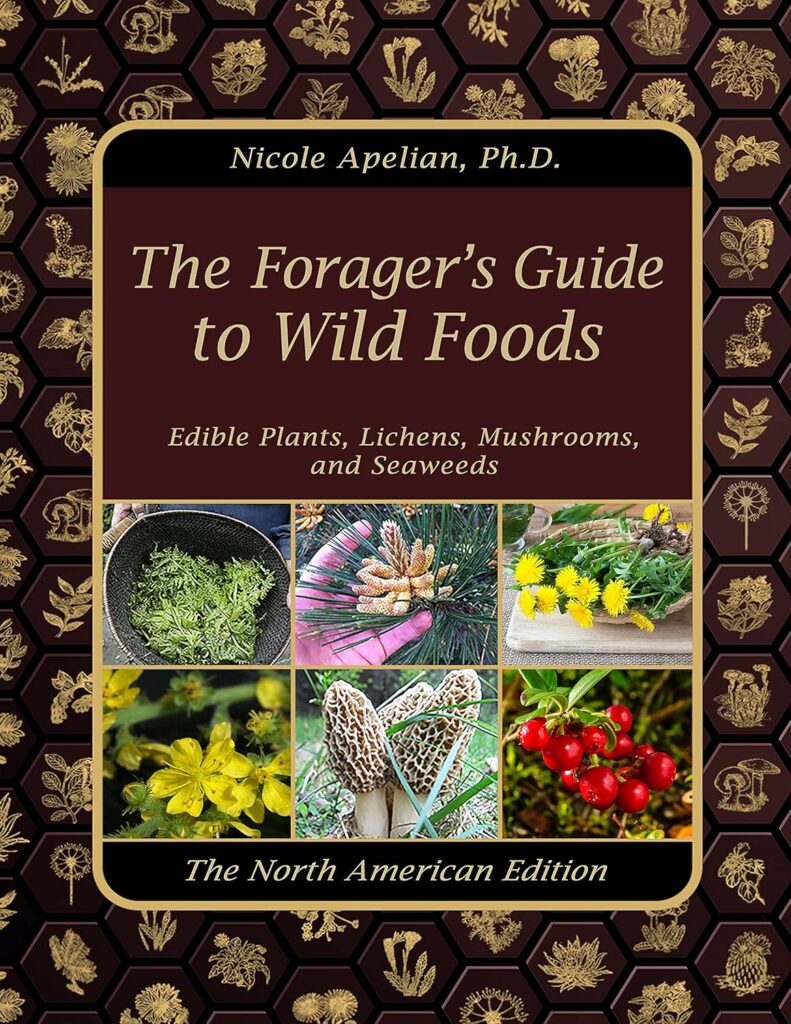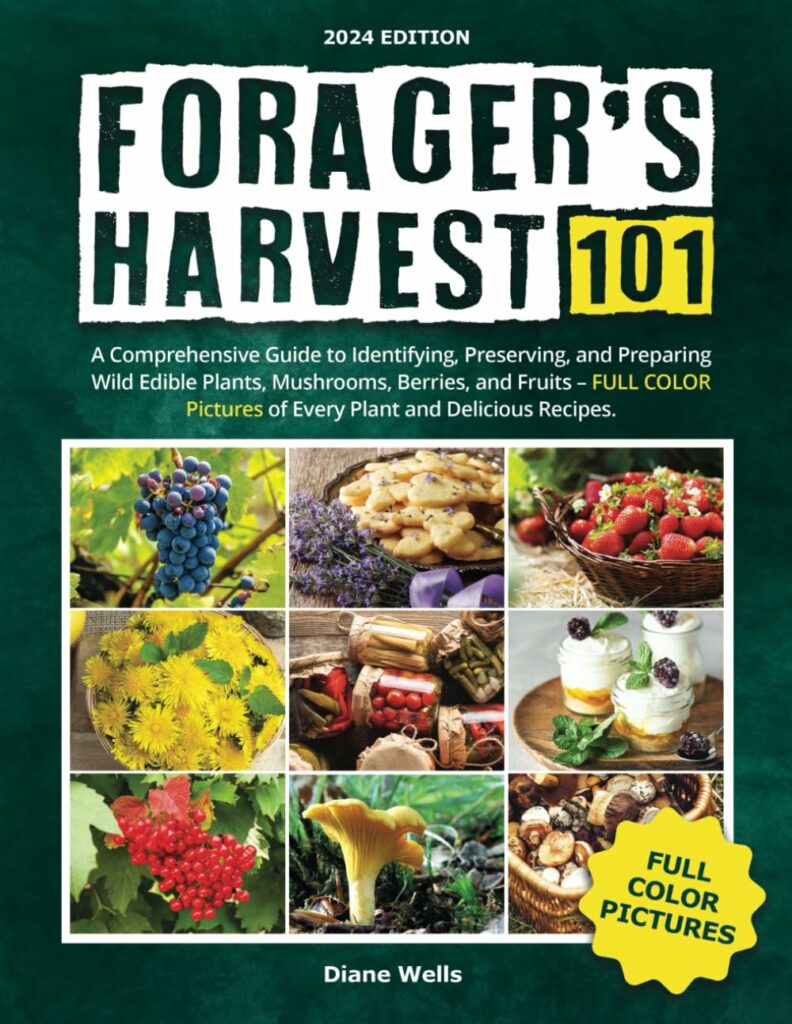Contents
Foraging for wild food can be both an enjoyable and educational experience. I have found that gathering edible plants and fungi from nature offers a direct connection to the environment and a chance to learn about the local ecosystem. In my experience, understanding how to forage responsibly and safely is essential for anyone who wants to explore edible wild foods.
QUICK LOOK: Tips for Foraging in the Wild
- Proper Identification: Some wild foods can be easily confused with toxic or inedible species. I spend extra time studying the key features of each variety I intend to collect.
- Learn from Experts: I always try to attend workshops or guided foraging tours when possible. Listening to those with years of experience enriches my knowledge and builds my confidence.
- Use Your Senses: Using sight, smell, and even touch is helpful when identifying different species. I have found that my senses become sharper with practice as I learn to recognize the unique features of each plant.
- Start Small: I begin by focusing on foods with which I am already familiar. Gradually, I expand my scope as I become more comfortable with different types of wild edibles.
- Document Your Harvest: Over time, I maintain a journal of my foraging trips. In this record, I include details such as location, weather, plant descriptions, and even recipes I have tried. This documentation serves as a personal reference guide that grows with my experience.
- If in Doubt, Leave it Out: If I am not 100% sure that a plant or mushroom is edible, I leave it behind. This practice helps prevent accidents and maintains a cautious respect for wild foods.
Guidelines for Safe and Ethical Foraging
Before setting out on a foraging adventure, it is important to understand the basic principles that make foraging both safe and respectful. I always start with the idea that nature provides, but it also demands careful handling. Knowing what to harvest and how to do it responsibly helps protect both myself and the environment.
There are a few principles I keep in mind every time I forage:
- Identification is Key: I only collect items I can confidently identify as safe to eat. I use reliable field guides that are specific to my region and consult experts when I am uncertain about a species.
- When in Doubt, Leave it Out: If I am not 100% sure that a plant or mushroom is edible, I leave it behind. This practice helps prevent accidents and maintains a cautious respect for wild foods.
- Sustainable Harvesting: I always ensure that I leave enough behind for the plant to continue thriving and to support wildlife. Responsible harvesting means taking only what is needed and ensuring the longevity of the species.
- Respect Private Property: Many areas where wild foods grow are on private land. I always seek permission before collecting anything from these areas to maintain respect for property boundaries.
- Maintain Cleanliness: I clean my tools and sometimes even my clothes between different foraging trips. This step helps prevent the spread of invasive species and reduces the risk of carrying potential diseases between locations.
Getting Started with Foraging
The idea of foraging may seem daunting at first, but I have learned that starting with a few familiar foods can build confidence. I typically begin by researching the local edible plants and fungi available in my area. Beginners may start with common and easily recognizable foods like wild berries and greens. Learning the seasonal patterns of these foods contributes to a successful foraging experience.
Another helpful step is joining a community or taking a class. Learning from experienced foragers has broadened my understanding and provided me with practical advice. Often, these groups offer guided tours where novices can see safe practices in action and ask questions in real time.
It is also useful to keep a small notebook to record locations and conditions of successful finds. This habit not only builds a personal connection with the land but also assists in planning future foraging trips, ensuring that I know when and where to look for edible resources.
Quick Guide to Successful Foraging
Getting started with the basics is the first step toward enjoying wild food. I have developed a simple guide that helps me keep track of essential foraging practices:
- Learn from the Experts: I always try to attend workshops or guided foraging tours when possible. Listening to those with years of experience enriches my knowledge and builds my confidence.
- Start Small: I begin by focusing on foods with which I am already familiar. Gradually, I expand my scope as I become more comfortable with different types of wild edibles.
- Observe Nature: I spend time looking at how plants grow and interact in their natural environment. Careful observation often reveals subtle clues about a plant’s characteristics and its potential edibility.
- Engage Your Senses: Using sight, smell, and even touch is helpful when identifying different species. I have found that my senses become sharper with practice as I learn to recognize the unique features of each plant.
- Use the Right Containers: When collecting wild food, I prefer using breathable bags such as cotton sacks or even old shirts. I avoid plastic containers since they can trap moisture and damage the harvested plants.
Combining these steps helps ensure that every foraging trip is both productive and mindful of nature’s balance.
Points to Consider Before Foraging
Foraging involves both rewards and challenges. I have encountered issues ranging from the difficulty of distinguishing edible species to the unpredictability of weather conditions. Planning ahead is central to handling these hurdles. Here are several points I always consider:
- Accurate Identification: Some wild foods can be easily confused with toxic or inedible species. I spend extra time studying the key features of each variety I intend to collect.
- Seasonal Availability: Not all edible items are available year-round. I plan my trips by tracking the growing seasons and knowing when each type of plant or fungus is most abundant.
- Environmental Impact: It is important to understand how my actions affect the local ecosystem. I always pick only a portion of what is available to allow the plants to regenerate and help maintain biodiversity.
- Weather Conditions: Weather can have a profound effect on foraging. I often check the forecast before heading out, as extreme conditions can impact the quality and safety of wild food.
- Legal Considerations: In some regions, foraging may be regulated or even restricted. I make sure I am familiar with local laws and always obtain permissions when necessary, especially on private lands.
Accurate Identification
A key concern in foraging is the risk of misidentification. I rely on all-in-one field guides and often compare multiple sources when identifying a plant or mushroom. Visiting local botanical gardens or foraging events can further improve my ability to recognize safe edible species.
Sustainable Harvesting
Ensuring that I do not overharvest is something I take seriously. Typically, I take no more than one-third of any given patch to leave enough for regrowth and to support local wildlife that depends on these resources.
Environmental Awareness
Every time I forage, I remember that my actions have an impact on the environment. I avoid trampling delicate ecosystems and make sure to leave the area as natural as I found it. Whether it is the soil composition or the presence of other vegetation, keeping these factors in mind supports a healthier ecosystem.
Legal Considerations
It is fundamental to stay informed about any legal restrictions related to foraging. I keep updated with local guidelines and always respect private property boundaries. Understanding the rules ensures that my enjoyment of wild food also aligns with responsible practices.
These considerations help me overcome challenges and enjoy foraging with a clear conscience. Every trip gives me a chance to connect deeper with nature while learning its lessons.
Advanced Foraging Insights
Once I have built confidence with the basics, I embrace more advanced techniques that enrich the foraging experience. Advanced foraging goes beyond simply collecting edible items. It is an immersive journey that intertwines nature and culinary exploration, fostering a deeper appreciation for the environment. Advancing in foraging means building a relationship with the land and expanding the range of edible resources I can safely identify.
Refine Your Identification Skills: I challenge myself by learning to differentiate between closely related species. Sometimes, I compare subtle differences in leaf patterns or growth habits. This refinement process has allowed me to safely gather a wider variety of wild foods.
Experiment with Preparation Methods: Many foraged foods require special handling before they are ready to eat. I have learned that some items need to be cooked, while others are best enjoyed raw. Experimenting with preparation techniques not only ensures safety but also gives a boost to flavor and texture in my meals.
Document Your Experiences: Over time, I maintain a journal of my foraging trips. In this record, I include details such as location, weather, plant descriptions, and even recipes I have tried. This documentation serves as a personal reference guide that grows with my experience.
Connect with Nature: Exploring nature while foraging is not merely about collecting food. It is an immersive endeavor that urges me to pause and really observe the world around me. I often take time to simply watch the wildlife and ecological patterns in the area. This deeper connection enhances my respect for the environment and reinforces my commitment to sustainable practices.
By investing time in these advanced insights, I have stumbled upon the realization that foraging can turn into a lifelong adventure filled with evolving knowledge and rich experiences.
Exploring Different Wild Foods
The diversity of wild foods offers many opportunities for exploration. I have learned that understanding the range of available edibles gives my foraging trips an exciting twist and keeps the experience fresh. Knowing what category each food belongs to simplifies the process of learning how to identify and prepare various items.
Common categories of wild foods I often encounter include:
- Berries: Blackberries, wild strawberries, raspberries, and elderberries are among the most popular. Often, these fruits grow in clusters and add a burst of flavor and eye-catching color to meals.
- Mushrooms: I approach wild mushrooms with caution. Only mushrooms that I have confirmed as edible through multiple sources are considered. Given that many species can be toxic, expert knowledge plays a key role in safely including mushrooms in my diet.
- Nuts and Seeds: Nuts such as acorns, walnuts, and pine nuts provide nutritious additions to foraged meals. Seeds from various wild plants also represent a reliable snack or ingredient in recipes.
- Roots and Tubers: Wild onions, burdock roots, and dandelion roots have been used traditionally for their flavor and potential health benefits. Often, careful preparation can transform these hardy edibles into delicious components of a meal.
- Greens: Many wild greens, including dandelion leaves and even cooked nettles, serve as nutritious replacements for conventional vegetables. Their unique flavors add variety to everyday dishes.
- Other Edibles: Some wild species such as cattails, rosehips, and plantain are lesser-known but offer additional options for creative cooking.
Stumbling upon these different types of wild foods has not only diversified my diet but also deepened my connection with nature. Each category offers its own challenges and rewards, and learning how to identify and use these foods makes every foraging trip a unique adventure.
Frequently Asked Questions
I often encounter questions from others interested in foraging. Below are some common queries along with what I have learned through experience:
How should I start foraging for wild food?
Begin by researching the types of edible plants and fungi common in your area. I recommend starting with a reputable field guide and, if possible, joining a local foraging group or class to learn hands-on techniques.
How can I tell if a wild plant is safe to eat?
Accurate identification is essential. I compare multiple field guides and look for distinctive features such as leaf shape and growth patterns. When in doubt, I choose not to consume the plant.
What practices help ensure foraging is sustainable?
I always practice responsible harvesting. This means taking only a small portion of what is available, leaving plenty behind for the plant to continue reproducing, and being mindful of the impact on the local ecosystem.
What should I do if I accidentally collect a potentially unsafe wild food?
It is best not to consume anything that you cannot fully identify. I make it a habit to research and consult experts before including any food in my diet. Your safety is very important.
In Summary
Foraging for wild food is a rewarding journey that combines adventure with practical culinary benefits. I have learned that careful research, proper identification, and sustainable practices are the cornerstones of a successful foraging experience. Every step, from observing the natural growth of plants to understanding how to prepare and enjoy the food, requires patience and a willingness to learn.
As I continue to explore different wild food options, I find that every season brings new opportunities to appreciate nature’s abundance. Whether you are interested in berries, mushrooms, or wild greens, taking a mindful and responsible approach makes the experience both safe and satisfying.
I encourage anyone interested in connecting with nature and expanding their culinary skills to give foraging a try. There is a rich world of wild food waiting to be stumbled upon, and with careful planning, you can enjoy it while respecting the environment.
Additional Reflections on Foraging
Over the years, my approach to foraging has evolved significantly. I have found that every trip into the wild provides not only a chance to collect ingredients but also a moment to reconnect with the natural world. Spending time outdoors, feeling the grass underfoot, and listening to the subtle sounds of nature has added a layer of mindfulness to my gatherings.
I have learned to appreciate the intricate balance between nature and human activity. Every leaf, every flower, and every patch of soil tells its own story. When I venture into a forest or wander through a meadow, I often stop to reflect on the incredible ecosystem that supports life in myriad forms.
This deeper connection has encouraged me to research more about the historical uses of many wild edibles, as well as to experiment with new recipes that honor traditional practices. I have started to document not just the practical aspects of foraging, but also the sensory experiences—from the aroma of crushed leaves to the texture of fresh, dewy greens.
By writing down these reflections, I remind myself of the responsibility I carry in preserving these natural spaces for future generations. Each outing becomes a chapter in a personal narrative, one that enriches my understanding of sustainability and respect for the environment.
Furthermore, sharing these experiences with fellow nature enthusiasts has proven to be a rewarding way to build community. Whether through informal conversations on a trail or organized group outings, discussing our discoveries and challenges has helped all of us develop a more balanced and respectful relationship with nature.
These exchanges often spark new ideas and strategies for foraging sustainably, ensuring that our practices remain both safe and environmentally sound. The journey of foraging is continuously growing, and every new season brings extra lessons, further cementing its place as a vital and enjoyable part of my life.
Check Out Our Latest Articles:
- 14 Tips And Tactics For Public Land Mule Deer Hunting
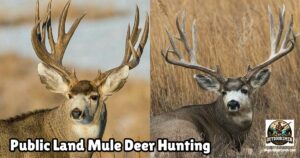
- 6 Features of Waterproof Ground Blinds For Wet-condition Elk Hunting
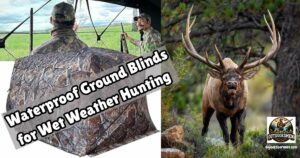
- 4 of the Best DIY Elk Hunting Areas In Colorado
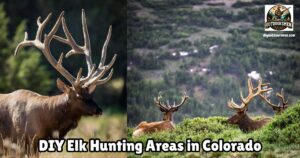
- 8 Tips for Choosing the Best DIY Elk Hunting States
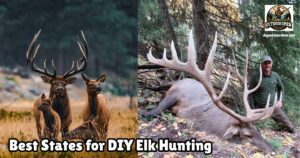
- 5 Hunting Gear Packing List Essentials For DIY Trips
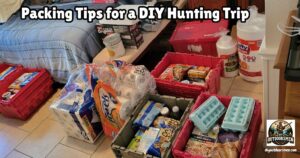
- 7 Tips For Hunting The Elk Migration
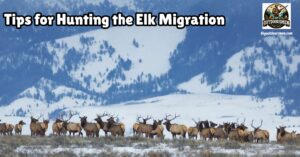
As always, stay safe, enjoy the journey and please try to leave it cleaner than you found it. If you have any comments, questions, ideas, or suggestions please leave them in the comment section below and I’ll get back to you ASAP. You can follow us on YouTube: Man Art Creations for videos of our DIY Adventures.
P.S. – Thanks so much for checking out our blog we really appreciate it. Just so you know, we may receive a commission if you click on some of the links that appear on our site. This helps us keep our content free and up-to-date for everyone. We appreciate your support!
